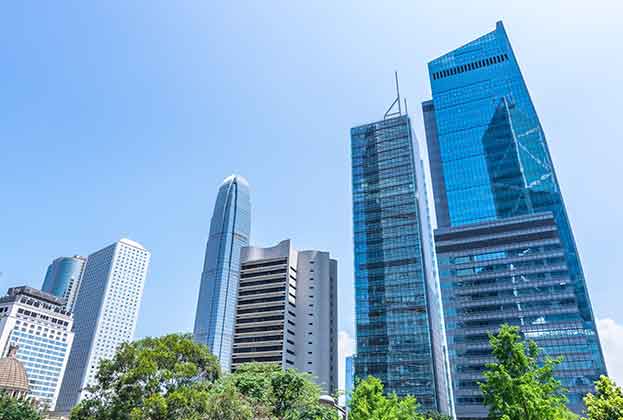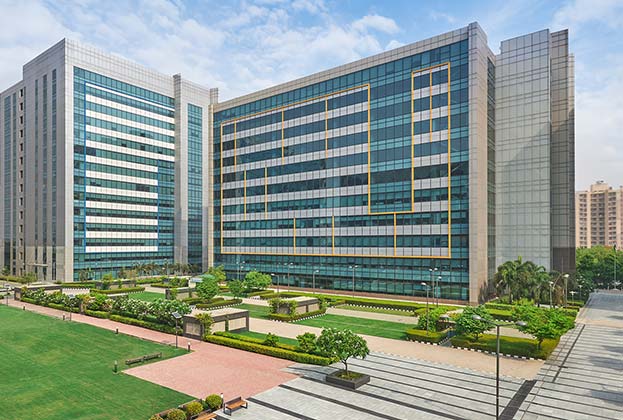Simon Smith, Regional Head, Research & Consultancy, Asia Pacific, and Katy Dean, Head of Research, Australia, share their views
Driven by growth in manufactured exports, e-commerce, and infrastructure development, Southeast Asia, China, and India have seen particularly significant advances in logistics capabilities over recent years, while more mature markets, such as Australia, have been faced with supply constraints during a period of steadily rising demand. Investors and end-users alike have been willing participants, evidenced by year-on-year rises in investment volumes.
In 2023, while the combination of a tepid post-pandemic rebound, weak export markets, slowing e-commerce penetration, and rising interest rates have combined to take some of the shine off the sector, bright prospects remain in emerging markets and rapidly growing areas such as last mile logistics and cold supply chains.
In Australia, while the expansion of the industrial and logistics sector over the past three years has been extraordinary, as we enter the tail end of 2023, there are signs that a return to normal is underway. This echoes what we are seeing in the wider region, where most markets are in a late upswing after years of heady capital growth and yield compression.
At its peak in mid-2022, the frenzied level of competition pushed vacancy to below 1.0%, with precincts in Sydney, Melbourne, and Brisbane sitting on rates as low as 0.3%. Fast forward to Q3 2023, and vacancy has edged up to average 1.85% on Australia’s east coast, which seems remarkably tight but still a far cry from its peak.
Against this backdrop of low vacancy, a super-cycle of growth emerged, with prime rents growing at nearly seven times their average annual pace. However, this cycle of strong double-digit rental growth is nearing its end, and 2024 is likely to align more with pre-pandemic trends as competitive tension for space eases and decision-making elongates.
Enquiry levels have subsided and, in some markets on the east coast of Australia, there are early signs of an increase in sublease availability as occupiers reduce inventory holdings. On the back of this, developers are taking a more cautious approach to future development plans and rental growth assumptions, despite recent record growth rates even to this point in the cycle.
While conditions are expected to moderate, alongside the impact of more subdued economic prospects, the sector has compelling structural tailwinds, including persistent e-commerce growth
Simon Smith, Regional Head, Research & Consultancy, Asia Pacific
The bid-ask spread between purchasers and vendors has widened further in recent months, with the cooldown in investment volumes limiting sales evidence used to gauge current price levels. Prices have not yet adjusted enough to restore deal activity to long-term levels, and we are seeing this come through in the return profiles as yields continue to expand. The trend suggests that the period of price discovery still has further to run. Importantly, up to this point in the cycle, rental growth has helped to offset any capital value decline.
The cost of debt remains prohibitive to some deals, and there are select investor groups finding it harder to raise capital, while others are simply opting to wait out this part of the cycle. There has been some capital recycling to allow redeployment, but no signs of distress. Of the assets which have traded, prices have been at or near book values.
While conditions are expected to moderate, alongside the impact of more subdued economic prospects, the sector has compelling structural tailwinds, including persistent e-commerce growth. Australia’s population is also growing faster than most other developed economies, making it well-positioned to overcome cyclical macroeconomic challenges and keep investors on side.
Some repricing is unavoidable, but investors with capital, particularly those with little or no need for debt funding, including pension funds, privates and syndicator groups, will use this time to act opportunistically, and those investors sitting on the sidelines will be poised for a return once the interest rate outlook becomes clearer. This will set the tone for recovery and start to unlock activity, as well as establishing a floor in pricing.
Read the articles within Taking Stock: Capital Markets Quarterly – Q3 2023 below.
.jpg)





.jpg)